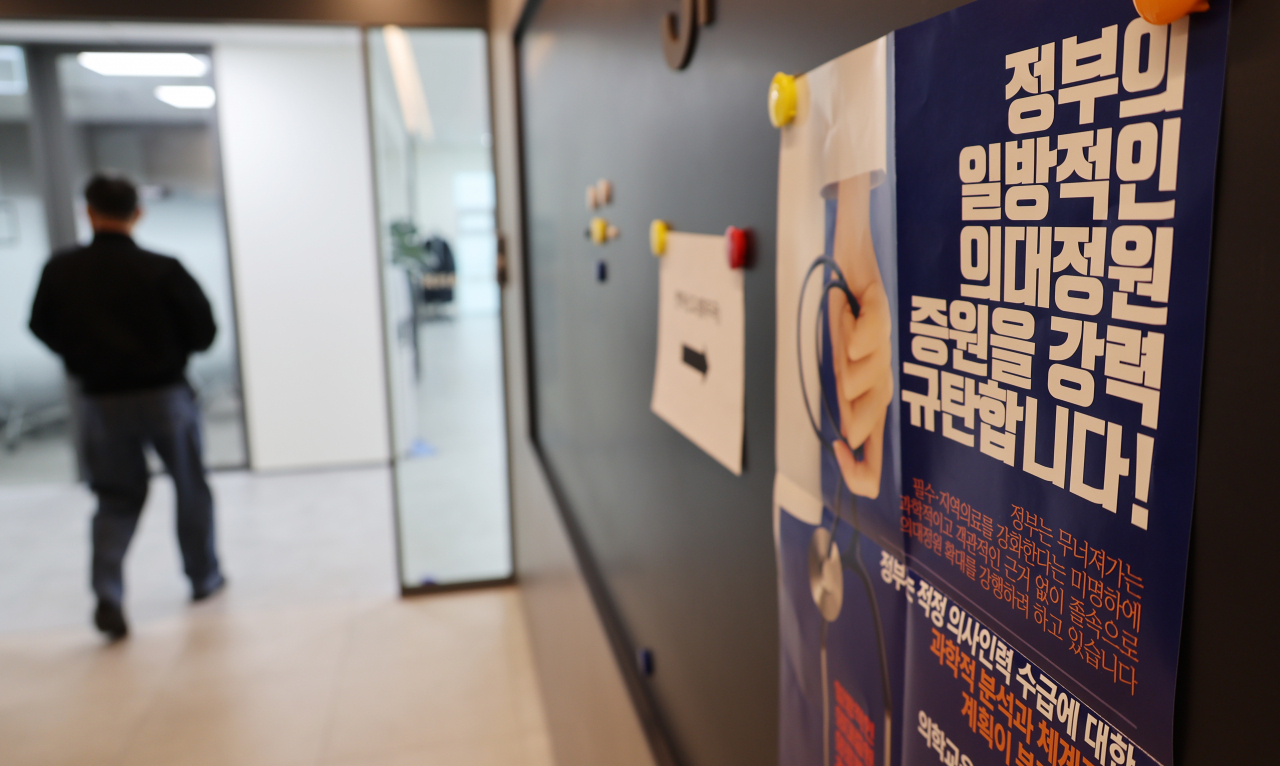Length of hospital stays in S. Korea to increase by 45% in 2035: report
By Yoon Min-sikPublished : Jan. 24, 2024 - 19:14

The number of days South Koreans spend in hospitals is expected to increase by 45 percent by 2035 when compared to 2022, government data showed Wednesday.
The Ministry of Health and Welfare recently conducted a study based on recent data from the National Health Insurance Service and Statistics Korea. The findings indicated that South Koreans are expected to be admitted to hospitals for an accumulated 200.5 million days in 2035, compared to 138 million days in 2022.
The ministry also speculated that the overall number of outpatients will increase in the same period, with an estimated growth rate of 12.8 percent in the number of days patients are treated at hospitals without being admitted.
The rapidly aging demographic of the country is thought to be the main reason behind the predictions. According to the NHIA, an average person in his or her 20s spends 10.4 days in the hospital, with or without admission, while a person in his or her 80s spends an average of 64.1 days in the hospital.
Last year's data from Statistics Korea showed that 18.4 percent of the country's population was aged 65 or older, making Korea an "aged society," according to the UN's definition. If the current trend persists, 46.4 percent of the country's population will be senior citizens by 2070, far above the 20 percent threshold of the UN's "super-aged society" categorization.
According to Statistics Korea's estimate, the number of people aged at least 80 in 2035 will mark an 82.7 percent increase compared to 2022.
The Welfare Ministry's report stated that the need for medical treatment is expected to continue increasing over the coming years, pointing out that the money spent on the NHIS' national health examination -- available for those subscribed to the state agency's health insurance programs -- increased from 1.9 trillion won ($1.4 billion) in 2013 to 3.8 trillion won in 2022.
Meanwhile, the South Korean government is expected to announce details of the increase in medical school quotas next month, around the Seollal or Lunar New Year holiday.
The ministry also plans to increase the percentage of medical researchers from the current 1.6 percent of total medical school graduates to 3 percent.
The recent findings lie in contrast to the notion presented by doctors’ groups across the country that the decline in the country’s population will lead to a corresponding decrease in the need for medical treatment. Local doctors have been voicing their complaints against the government’s drive to increase the enrollment quotas for medical schools.
The Yoon Suk Yeol administration has been pushing for an increase in the enrollment quotas for medical schools to address complaints that there is a shortage of doctors here. According to the most recent figures by the Organization for Economic Cooperation and Development, South Korea has 2.6 practicing doctors per 1,000 people, considerably lower than the OECD average of 3.7 and only higher than Mexico's 2.5 among the member states.
However, the policy to boost the number of doctors has sparked fierce opposition from local practitioners. The Korean Intern Resident Association surveyed 4,200 of its members this month, and the results released Monday showed that 86 percent of respondents said they are willing to participate in a strike if the government goes ahead with its policy to boost the enrollment quota.
The Welfare Ministry recently asked doctors' groups across the country, including the Korean Medical Association, to submit their official position on increasing the medical school quota.




















